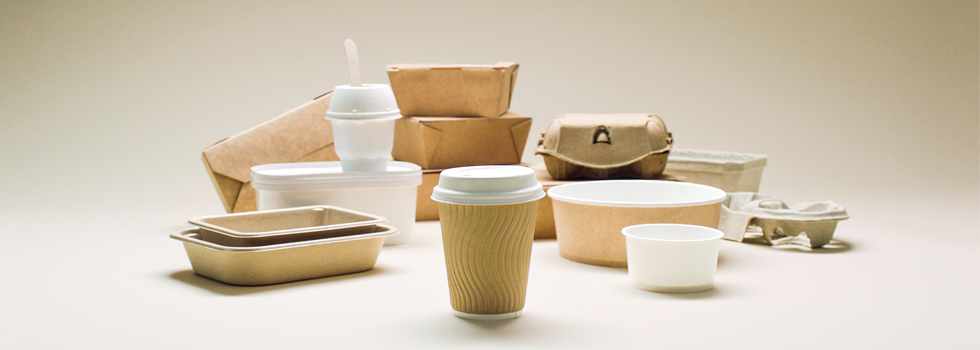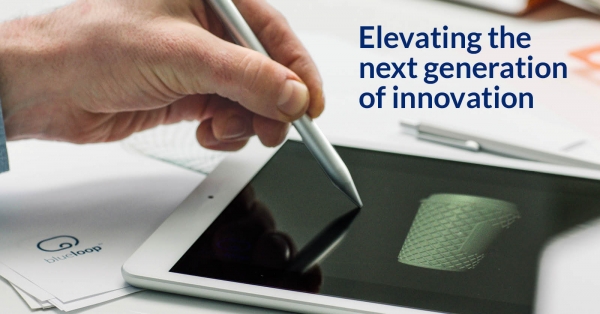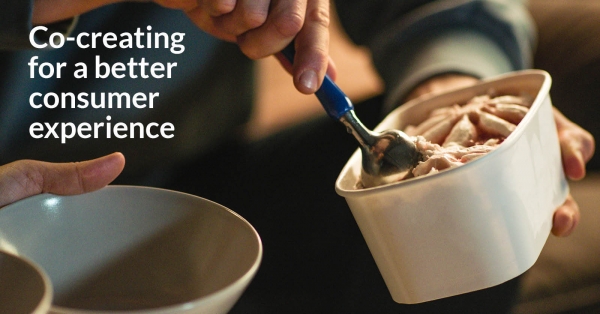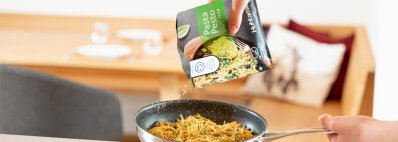Promotional Features
Redesigning the future with fibre solutions
As consumers’ consumption habits and demands evolve, and regulatory requirements become increasingly intense, food packaging must adapt to address these shifting needs.
The packaging industry needs to find new ways to protect food in both a safe and sustainable manner. While the challenge appears complex at first glance, the solution is simple. Fibre is one of the most exciting materials to help manufacturers address this issue.
Fibre is a natural material that is endlessly versatile, shape-able, and adaptable. Fibre packaging can – and will – play an important role in meeting consumer needs and exceeding the limits of their imagination. Fibre packaging solutions are already part of our daily lives – you may not even have noticed them.
As new regulations emerge in response to global consumer concerns regarding sustainability, smart and simple fibre solutions help the transition to a circular economy. Ideally, fibre packaging solutions are made with high precision technology deliver simplicity. This provides both speed and agility, enabling a transformative change to sustainable solutions.
Dispelling food packaging myths
While the entire packaging value chain adjusts accordingly to address these shifting consumer sentiments, several misconceptions have sprung up around sustainable packaging solutions and what these actually comprise.
The first of these questions the need for packaging itself. Most consumers do not grow their own food. In fact, the food items consumers buy have passed through many hands before reaching them, throughout the supply chain domestically and internationally. There is a common misconception that if there is packaging, it is for those who are only concerned with convenience. But there are several valid reasons to package food in a certain way.
Packaging is vital for the accessibility, affordability, safety, hygiene and shelf-life of foodstuffs, medicines, and countless other everyday products.
Another misconception is that single-use packaging is always a poor choice for the environment. However, studies show that paper-based single-use packaging has a significantly smaller carbon footprint than multi-use systems in the fast food and hospitality industry.1 Washing plates in a restaurant uses up a lot of water and energy. If plates were recyclable, these water and energy resources could be used for something more important.
For example, a shift to reusable tableware systems would generate 2.8 times more CO2-equivalent emissions than the paper-based single-use systems in Europe’s fast-food restaurants.1 This is equivalent to adding an extra one million petrol cars to Europe’s roads. When seeking truly transformative solutions for a more sustainable future, it is essential that we take the full lifecycle impact of each potential approach into account.
Fibre packaging solutions designed for everyone
Huhtamaki is a key global provider of sustainable solutions for on-the-go and on-the-shelf food and beverage packaging. With 100 years of history and a strong Nordic heritage, the company operates in 37 countries and 116 locations around the world and offers innovative sustainable packaging solutions, driven by recyclable flexible packaging, fibre and paperboard technologies to ensure food safety and hygiene for consumers and help prevent food waste. Blending functionality and sustainability it is now easier than ever for consumers to make the right purchase decisions.
Using a material positive approach, Huhtamaki is committed to using the best and most suitable material for the right product. Its virgin fibre comes primarily from sustainably managed certified forests, guaranteeing a high-quality fibre that can be recycled multiple times and play a part in advancing a circular economy.
Co-creating from material to solution
Collaboration is key to innovating new sustainable packaging solutions. In order to help customers meet today and future needs and ever-rising societal expectations, Huhtamaki acts as an innovation catalyst for its customers. That is to say, innovation in the materials used, quick turnaround times for product development and prototyping, tailored solutions for specific business needs, and transforming the manufacturing processes are some of the ways in which leading-edge products are brought to the markets.
In addition, Huhtamaki taps into fibre’s full potential by applying proprietary high-precision technology that molds and shapes fibre into highly precise shapes – down to a fraction of a millimetre – for the various uses. Combined with a high-level food-grade barrier, this innovation produces smooth-molded sustainable packaging that offers superior functionality, keeps food safe and maintains its quality.
From ready-meal trays for Unilever, ice cream tubs for Carte d'Or, sundae ice cream cups and lids for McDonald's, Huhtamaki has developed a wide range of novel, award-winning products to be used on a global scale by some of the world's biggest brands.
Ultimately, the most sustainable solution is to choose the right packaging for the job. This is why Huhtamaki always chooses fit-for-purpose packaging that is best suited for the product – and the environment.
References
1. Ramboll LCA study European Paper Packaging Alliance: New life cycle analysis highlights the environmental benefits of single-use paper-based packaging. European Paper Packaging Alliance (EPPA).





